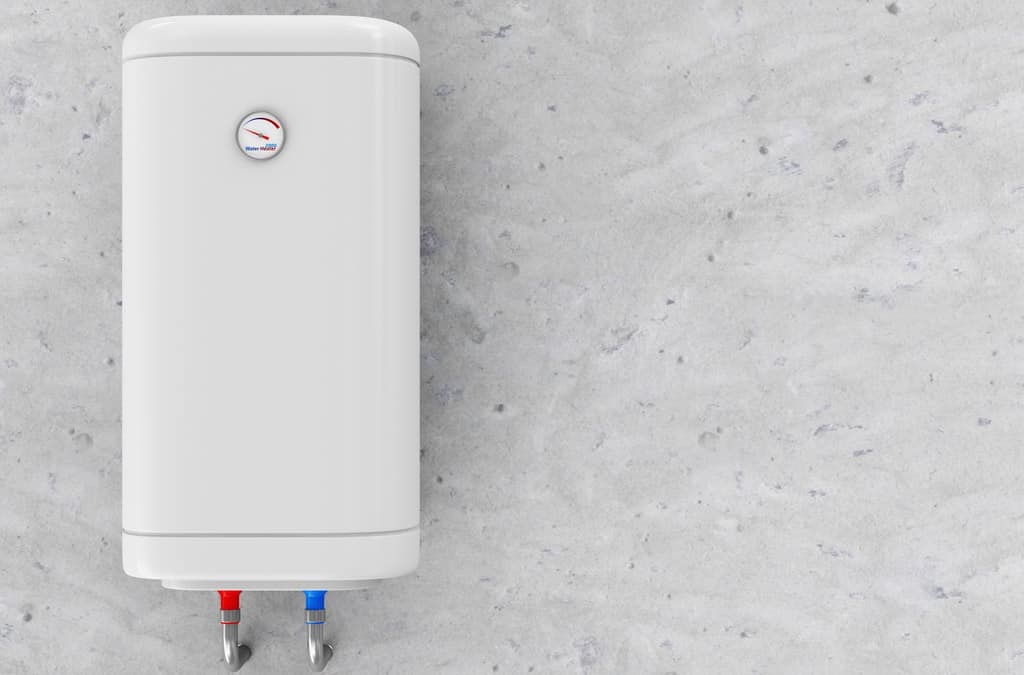
Installing an instant or tankless water heater is a challenging process that requires careful planning and consideration of several vital factors. Easy installation of the heater and its safety and efficiency are affected by proper site selection, sizing, ventilation, gas and water line setup, and electrical considerations. With some knowledge and preparation, a tankless water heater can be set up to provide a consistent, economical hot water supply.
Tankless heaters only run when hot water is used, making their gas or electricity usage more efficient than a regular tank heater with a fully loaded container of hot water. However, most models produce a vaporized water plume upon startup, requiring good outdoor ventilation. The heater should be mounted on an exterior wall with direct vertical venting through the roof whenever possible.
The incoming water supply line and gas or electric power source at the site must also support the size and specifications of the tankless unit. Heat output and flow rate capacity should match peak hot water demands and household members’ averages. Undersized systems can give you inconsistent temperatures or flow, while oversized heaters waste energy by excessive cycling.
Condensing tankless heaters are the most efficient models but require stainless steel or PVC exhaust venting versus simpler single-wall metal venting on standard models. Condensing heaters also need a drain port for periodic flushing of acidic condensate. The enclosures in outdoor installations must be more resistant to extreme weather than indoors. Finally, multi-unit manifold-style heaters can meet higher flow demands but require precise load balancing and control of multiple linked water and gas lines or power connections working in unison.
Connecting the system to the home’s existing plumbing adds more variables. Any leaks or restrictions in the hot water supply network will impact the tankless heater’s heaterhome’stion. All hot water lines, fixtures, shut-off valves, supply feeds, and more may need inspection and replacement. Recirculating hot water return loops requires unique pump controls to prevent short-cycling the instant water heater singapore and causing extreme thermal stresses.
Also, costs, codes, and particular circumstances should be considered in any installation. Compact models with stainless venting may cost more initially but provide higher efficiency and faster investment recovery. The presence of heavy mineralized hard water may also necessitate the use of pretreatment equipment. However, an appropriately sized and installed tankless water heater can ultimately supply low-maintenance, continuous hot water for twenty-plus years at a fraction of the purchase price compared to conventional types.
Conclusion
Planning and installation must, therefore, address all such vital considerations to maximize the costs and benefits over many years of reliable operation.






